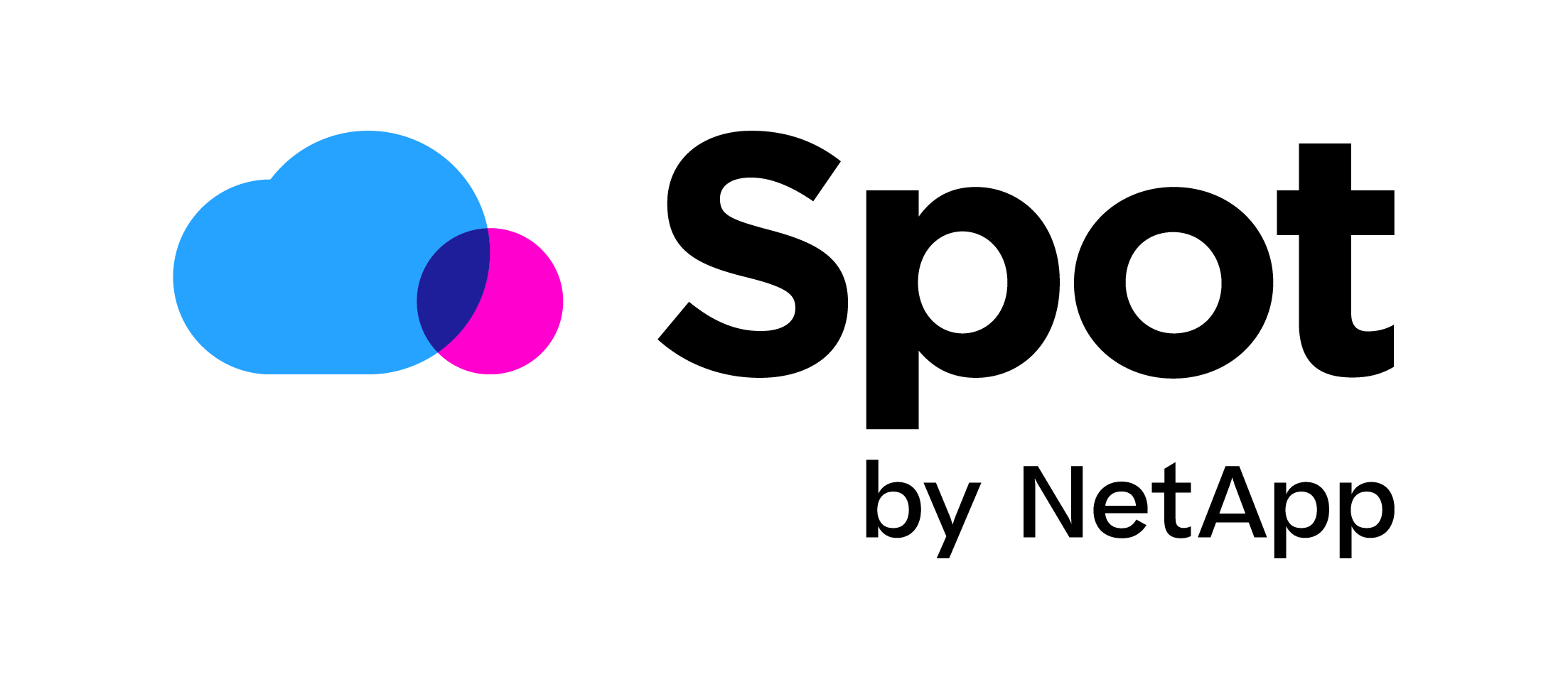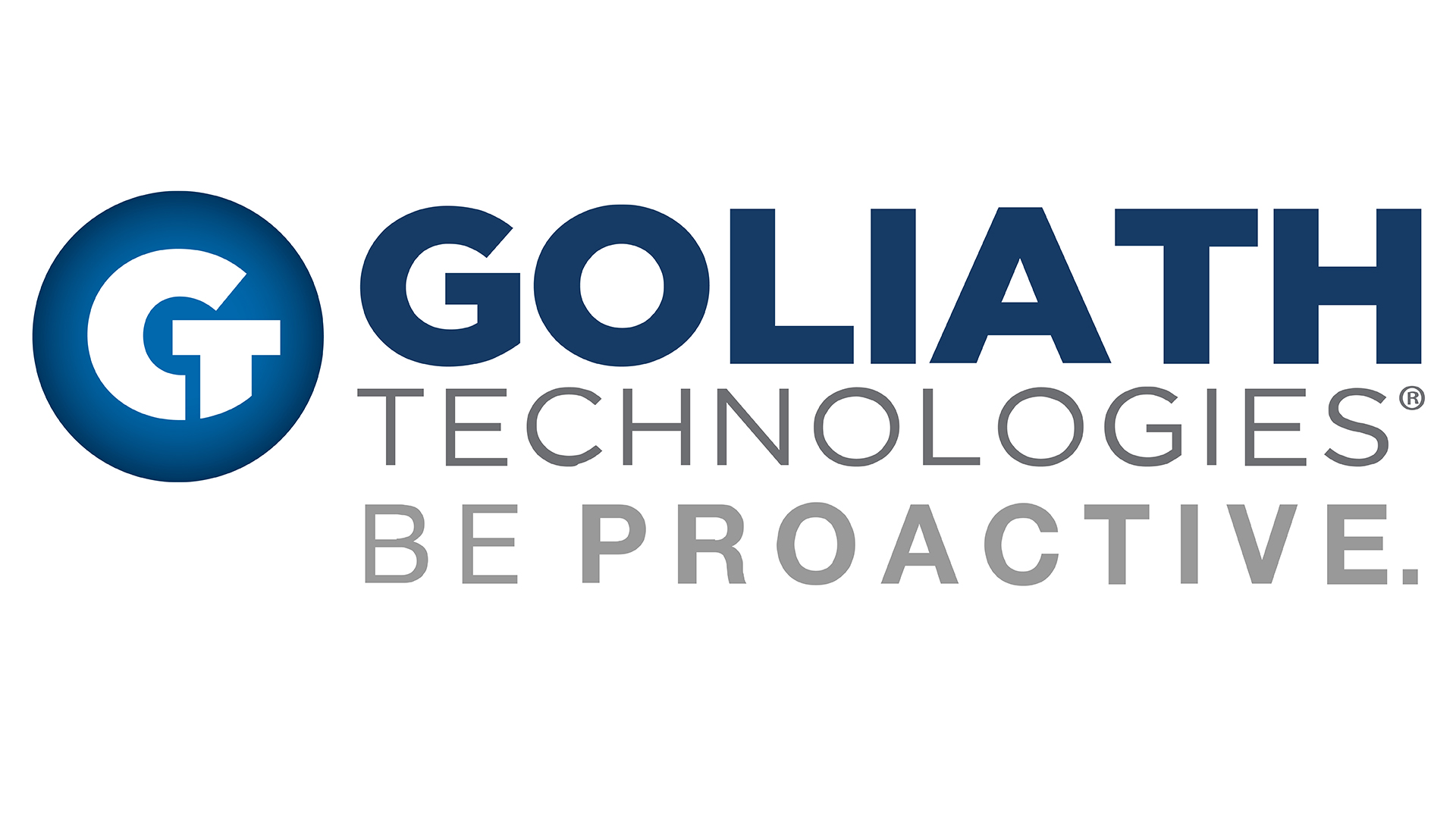The advantages of FlexApp One in offline mode
With the introduction of FlexApp One, Liquidware has introduced many new features, which makes FlexApp one of the most advanced app layering solutions out there. In the previous blogs, I went over all these features (https://workspace-guru.com/2021/09/22/new-liquidware-flexapp-one/) and deep-dived into FlexApp automation (https://workspace-guru.com/2022/01/19/new-flexapp-packaging-automation/). In this blog, I do a deep dive into FlexApp One offline mode.
More and more companies are moving away from VDI and RDSH workspaces in favor of working locally on laptops. We see this trend happening in almost all verticals and people want to work when and where they can, and a laptop is a way more flexible workspace than a Thinclient with a VDI. Of course, you can choose to run your VDI desktop on the laptop, and that works for a lot of organizations. Still, we see that many companies are choosing to work locally on the laptop and use cloud technologies to provide access to data and SaaS- applications. But what if the organization still requires more locally installed software? Well, this is where FlexApp One comes in. With FlexApp One, you can make flexible application layers from client applications into an one-click executable. This means clicking on the “.EXE,” and the application will start; no installation or reboot is needed! And with FlexApp, you can also add pre-configurations to the application, like license keys, back-end connection information or any other user related settings. These “.EXE” files can be easily distributed with solutions like Microsoft Endpoint Manager (Intune) directly to the laptops.
In addition, Liquidware added centralized management and distribution for FlexApp One into their own management console too, which takes away the pain for waiting on synchronization policies or intervals and scripting within Endpoint Manager.
This is a win-win for organizations, end-users, and system administrators. End-users get to work directly from their devices where and when they want and always have access to the latest version of all their applications. Even when their laptops/workspaces are not connected to the internet, the FlexApps will continue to work offline. System administrators still have all the ease of use of normal FlexApps, like easy creation of layers and OS flexibility. With the introduction of FlexApp Packaging Automation, system administrators can automate the process of creating layers which also works with offline applications. From the company perspective, end-users can do more locally from their own devices, eliminating the need to invest in an extra VDI environment while getting more value from the investment in the modern workspace.
Liquidware have provided detailed information about integrating FlexApp One with Microsoft Endpoint Manager (Intune), including adding, distributing, and upgrading FlexApp. You can find the documentation here: https://docs.liquidware.com/profileunity/en-us/common_content/flexapp-one-config-guide-microsoft-intune/upgrade-flexapp-one-apps.htm. Liquidware also made a demonstration video which you can view here (video will be visible in blog):
I hope this was informative. For questions or comments, you can always leave a reaction in the comment section or contact me:




